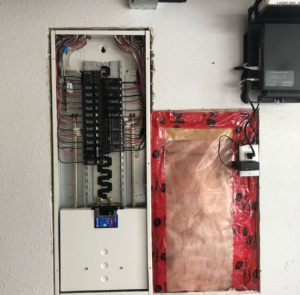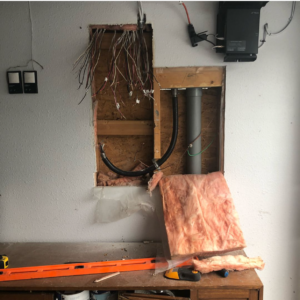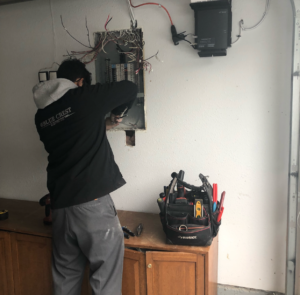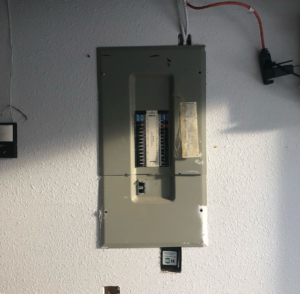Electrical panels are vital elements of every home and commercial building as they provide power for every device within the property. To ensure that your property remains safe and functional, it is important to understand when you should upgrade your electrical panel. That is why the experts in residential and commercial electrical services at Blue Crest Electric have compiled a list of common signs to watch for, helping you identify when it is time for an upgrade. Learn what to look for in a professional electrician before hiring one for your project.
4 Signs That You Should Upgrade Your Electrical Panel
You should have a professional electrician replace or upgrade your electrical panel every 25-40 years. This range will vary based on energy consumption, environmental conditions, and other factors in the building. In addition to age, the following signs can indicate that it is time to upgrade your electrical panel:
1. Frequently Tripping Circuit Breakers
While occasional breaker tripping is normal, frequent tripping and blown fuses can indicate significant problems with your electrical panel. Overloaded electrical circuits, electrical faults in the circuit, or undersized electrical wiring can all cause circuit breakers to trip, and each of these issues are associated with outdated panels. If you notice that your breakers trip multiple times per week, it is likely time to replace your electrical panel.
2. Consistent Light Flickering
Consistent light flickering and dimming throughout the day are common signs that your electrical panel needs to be upgraded. This problem is often encountered when upgrading light fixtures as they tend to flicker due to a lack of power provided by the panel.
3. Outdated or Damaged Wiring
It is crucial to identify the age, condition, and material of the wiring in your home as extremely old wiring can pose many safety hazards including electrocution and electrical fires. Oversized circuit breakers, ungrounded wires, messy wiring, and aluminum wiring are all examples of systems that should be replaced alongside your electrical panel.
4. Insufficient Amps
Some of the first electrical panels installed in homes were rated for 60 to 100 amps. While these capacities were once sufficient for most homeowners and their families, they are no longer the best option for modern devices. Upgrading your panel to a modern 200-amp unit will give you the confidence you need to safely run every device on your property.
To learn more about our residential or commercial electrical services, get in touch with the team at Blue Crest Electric. We can be reached through our online contact form and will be happy to answer any questions you may have regarding our services or the details of your project.











